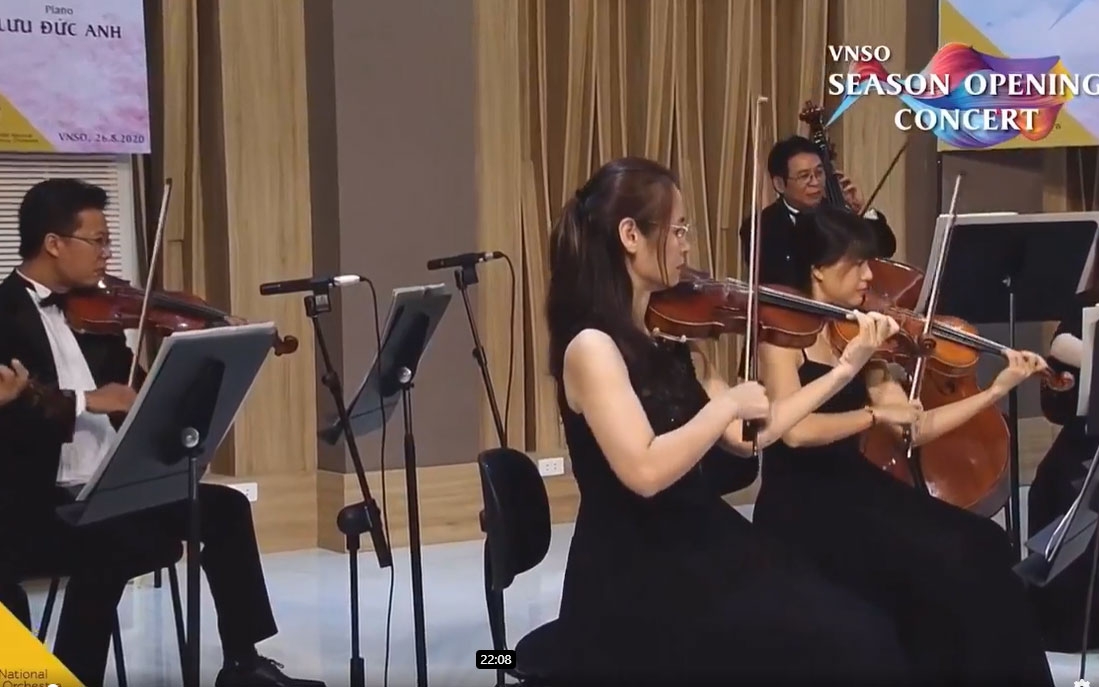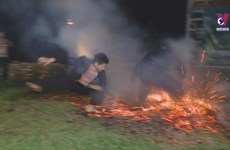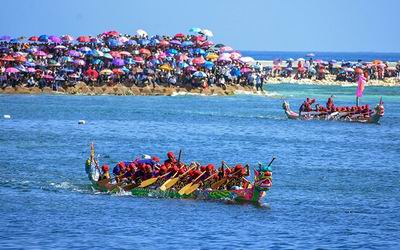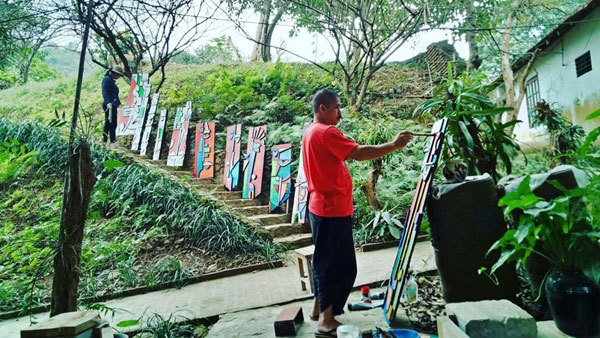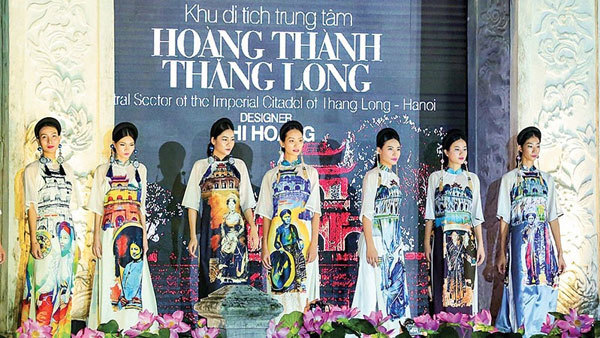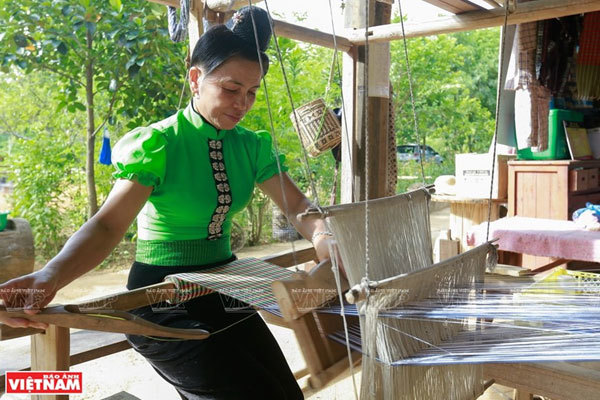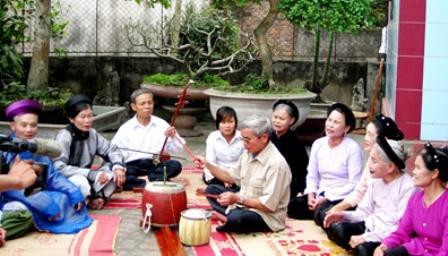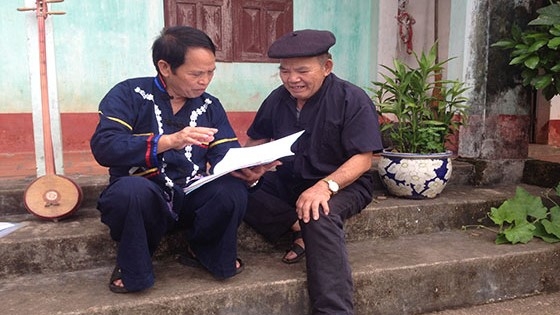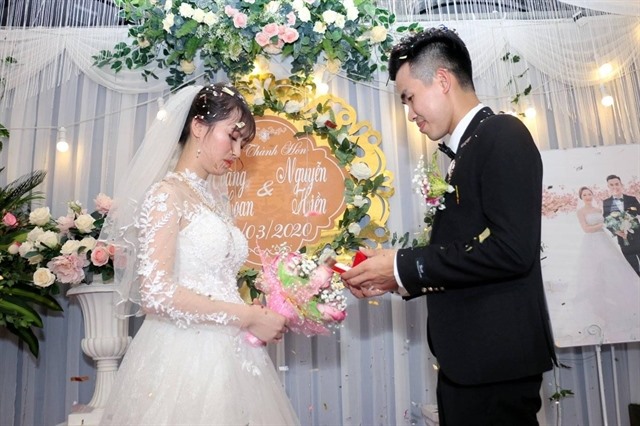- © Copyright of Vietnamnet Global.
- Tel: 024 3772 7988 Fax: (024) 37722734
- Email: evnn@vietnamnet.vn
vietnam culture
Update news vietnam culture
2020 in review: the silence and boom of cultural sector
The year 2020 has passed with unprecedented developments in the field of culture as many activities were “frozen” or took place in moderation and have recovered only somewhat over the few last months.
Cultural talk about Vietnam’s sacred guardian animal
The Friends of Vietnam Heritage on Sunday will hold a talk about nghê – a sacred animal that guards temples, communal houses in Vietnam. The talk is to honour the Vietnam’s Cultural Heritage Day on November 23.
Fire-jumping ceremony of Red Dao group becomes national intangible heritage
The “Nhay lua” (fire jumping) ceremony of the Red Dao ethnic minority people in the northern mountainous province of Ha Giang has been listed as a national intangible heritage.
Ministry announces 23 new national intangible cultural heritages
The Ministry of Culture, Sports and Tourism has decided to add 23 cultural icons to the list of national intangible cultural heritages.
Arieu Ping, the reburial festival of the Pa Ko
For the Pa Ko ethnic people, taking care of ancestral tombs is not a family’s private affair, but the responsibility of the whole village.
Vietnam’s image popularised at multicultural festival in Germany
Huong Viet, an online magazine of the Vietnamese community in Germany, on September 12 joined a multicultural festival in Augsburg in the southern state of Bayern,
Tay hamlet preserves ethnic culture
Preserving ethnic culture is a tough challenge in the modern world. In Thai Hai hamlet, Thai Nguyen province, preserving the language, costumes, folklore, and customs of Vietnam’s Tay ethnic minority is a task for every family.
Significance of international awards for promoting intangible cultural heritage
Vu Duc Hieu, director of the Muong Cultural Space Museum, has won the 2020 Jeonju International Awards for Promoting Intangible Cultural Heritage (JIAPICH), which is expected to be presented in an online form on September 15.
“Long story” from Ao Dai
In late June, a special show of more than 1,000 Ao Dai (Vietnamese traditional long dresses) patterns, entitled “Ao Dai – Vietnam’s cultural heritage”, was held at the Van Mieu – Quoc Tu Giam (Temple of Literature) in Hanoi.
Thai ethnic people’s traditional brocade weaving
Thai ethnic people in the Northwestern region are renowned for their traditional craft of brocade weaving that has been preserved for many generations.
Artisan sustains legacy of clay statue making
Clay statues are a traditional type of toy in Vietnam and popular during the Mid-Autumn Festival and Lunar New Year (Tet).
Hung Yen works to revive UNESCO-recognised Ca Tru singing
People in the northern province of Hung Yen are working diligently to revive the golden days of Ca Tru ceremonial singing which has been recognised as a Masterpiece of Oral and Intangible Cultural Heritage by UNESCO.
Sli songs of Nung ethnic people preserved by local artist
The Northern border province of Lang Son is famous for Then and Sli singing of the Nung ethnic people as over the years a number of local artists have made every effort to preserve and promote these folk melodies.
Thai singing to bid farewell to son, welcome daughter in-law
Thai people have still observed a singing custom at weddings called “khap xong khuoi, ton pau” which means singing to bid farewell to the son and welcome the new daughter in-law.
Colourful costumes of ethnic groups in northern Vietnam
The northern province of Lao Cai is home to a large number of culturally rich and diverse ethnic minorities groups.
HCM City in urgent need of public art space
Installation of art in public places in Vietnam is essential to the development of smart cities and their cultural life, Ho Chi Minh City’s artists and cultural experts have said.
Ageing underground wells in the heart of Hanoi
Underground wells which were closely linked to the lives of Vietnamese citizens can be found throughout the northern delta, especially in rural areas, with many dug approximately half a century ago still in use today in Hanoi’s Old Quarter.
Preserving Nung ethnic group’s soul through folk songs
 Nong Dung Long, a Nung ethnic minority man in Phon Xuong Town, Yen The District, Bac Giang Province, said that today many Nung people cannot speak their traditional language so he recorded their folk songs in a notebook.
Nong Dung Long, a Nung ethnic minority man in Phon Xuong Town, Yen The District, Bac Giang Province, said that today many Nung people cannot speak their traditional language so he recorded their folk songs in a notebook.
Expats on love, marriage and children
 Marriage and children have been hot topics in Vietnam of late, thanks to the Government’s announcement that it wants people to marry before 30 and have two kids before 35, with tax breaks and other policies on offer to encourage procreation.
Marriage and children have been hot topics in Vietnam of late, thanks to the Government’s announcement that it wants people to marry before 30 and have two kids before 35, with tax breaks and other policies on offer to encourage procreation.

